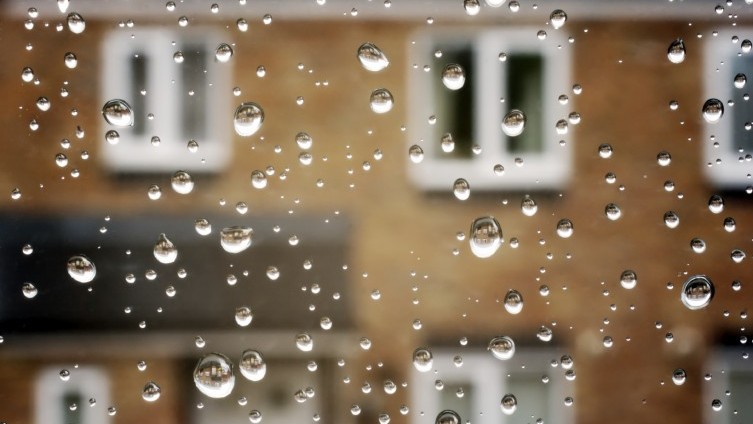Don’t Get Caught Out With Damp
In this months business section of the Bailgate Independent Magazine Alastair Boulton discussed the different forms of damp that are often present in residential properties. Here is the editorial from his article.
Each year the average home in the UK copes with around 25,000 gallons of rainwater. It is no surprise therefore that damp problems are a common occurrence. If left untreated damp can lead to ruined decoration, timber decay, rot and mould. In extreme cases it can even affect structural timbers. It is important therefore that damp problems are identified as early as possible to minimise the cost of repairs. When considering damp issues there are three main types of damp commonly found in residential properties: Rising Damp, Penetrating Damp and Condensation. Identifying the correct type of damp is the first step to being able to arrange suitable repairs.
1. Rising damp
This is water that enters a building from the ground through the floors and walls. It carries hydroscopic salts, which it then deposits on wall surfaces as it evaporates. The salts then attract moisture from the air, which cause damp wall surfaces and break down plaster and decorations. Symptoms include stained wall and floor surfaces, peeling paint and wallpaper. Older properties can be vulnerable to rising damp where the original damp proof course (DPC) has failed or does not exist. Damp proof courses can also be bridged by raised internal floor surfaces or external ground levels. Rising damp can be costly and disruptive to remedy, with internal plaster work needing to be removed and either a new plastic membrane or injection damp proof course installed.
2. Penetrating damp
This is water that enters a building through leaks in walls, windows, doors or Identifying damp in residential properties roofs. Older solid wall properties are often vulnerable as there is no cavity to prevent the water from reaching the inner surface of the building. To prevent water penetrating a building it is important that rainwater guttering, external brickwork, pointing and rendering, roof and chimney flashings, window and door seals and window sill throats are regularly checked and well maintained.
3. Condensation
This is the most common form of damp found in residential properties. It occurs when moisture in the air from everyday living activities such as washing up, bathing, drying clothes inside and even breathing gets trapped inside a property and reaches a cold surface, often a window or external wall, whereupon it condenses causing ideal conditions for mould growth. Modern homes are well sealed, which can lead to a lack of ventilation, trapping the water vapour within, whilst older homes often have poorer thermal efficiency, leading to lower internal temperatures and cold surfaces. Condensation can be eradicated by ensuring that your property is always adequately ventilated and that it is well heated during the colder winter months.
When purchasing a property an RICS Home Survey will identify any such damp problems, allowing you to either avoid often costly and disruptive remedial works or re-negotiate the purchase price to allow you to carry out the necessary repairs after completion. If you are currently purchasing a new home and would like to discuss the different survey options available please do not hesitate to contact our professional survey and valuation team at either our Lincoln (01522 538888) or Horncastle (01507 522222) offices.
Alastair Boulton BA(Hons) PG DipSurv MRICS
Professional Services
Lincoln Office Tel: 01522 53888
Horncastle Office Tel: 01507 522222
Email: alastairboulton@robert-bell.org

